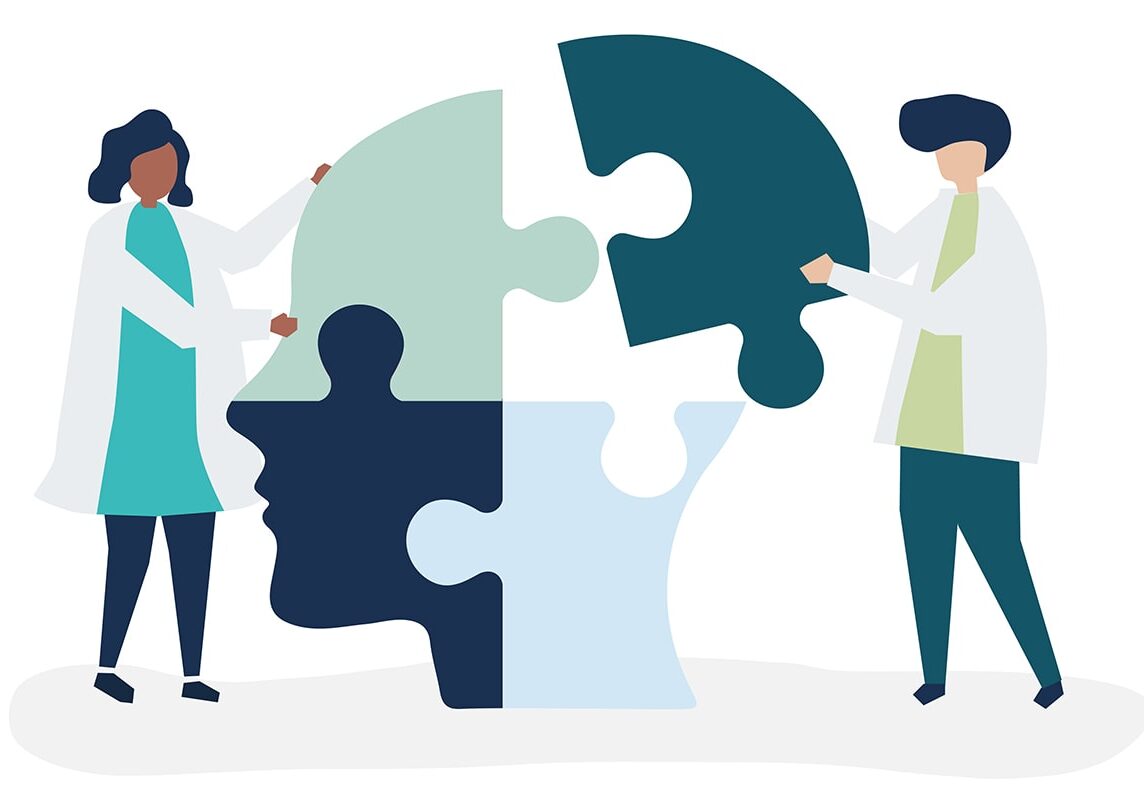According to the American Psychiatric Association, each year, around a quarter of the adult population in the US is diagnosed with a mental health disorder. Thanks to the latest advances in medicine and psychiatry, new and alternative treatments are helping people regain their general health. And, today, there is a renewed interest in psychosurgery.
Although the field remains controversial and some countries have abandoned psychosurgery altogether, some specialized centers in nations such as the US and the UK are reviving this category of interventions to address cases of treatment-resistant OCD, depression, schizophrenia, and anxiety.
Here is what you need to know about psychosurgery in the treatment of mental health disorders.
What is Psychosurgery?
Psychosurgery, which is sometimes referred to as functional neurosurgery, is a form of surgical treatment used for treating certain mental illnesses. These surgical interventions aim to alter brain function by targeting the limbic system, which involves brain structures such as some thalamic and hypothalamic nuclei, the amygdala, the hippocampus, and the orbitofrontal cortex. Most operations involve removing or neutralizing a small area of the brain, usually the one related to a certain mental illness.
Some types of psychosurgery operations include cingulotomy, capsulotomy, temporal lobectomy, and amygdalotomy. Deep brain stimulation (DBS) therapies might also be considered a form of psychosurgery.
How Does Psychosurgery Treat Mental Illness?
Although psychosurgery became a popular practice during the early 1900s, neurosurgical interventions entered a period of decline in the 1970s, mostly due to the lack of evidence regarding its safety and effectiveness.
However, over the past years, the scientific community has shown a revived interest in these practices and, in particular, in neuromodulation (selective stimulation) procedures.
Unlike ablative psychosurgery, in which brain tissue is removed or destroyed to reduce the symptoms associated with some psychiatric disorders, neuromodulation psychosurgery involves the implantation of a modulation device. These medical devices influence the electrical pathways in the brain to modify behavior and modulate the neural networks to address treatment-resistant mental health conditions.
These interventions, which are known as deep brain stimulation, are considered to be less invasive and more efficient. What’s more, over the past years, the Food and Drug Administration has approved DBS for the treatment of conditions such as essential tremor, Parkinson’s disease, obsessive–compulsive disorder (OCD), and epilepsy. Recent clinical trials are also looking to prove the effectiveness of DBS to treat chronic pain deriving from affective disorders such as depression.
Is Psychosurgery an Effective Treatment Option for Mental Illness?
Although it has become clear that medications aren’t the only solution for mental health disorders, a lot more research is needed to determine the effectiveness of psychosurgery in the treatment of psychiatric disorders.
Currently, studies conducted on the cases performed after the 1970s showed a 50% efficacy and a lack of adverse effects. The overall success rate of modern psychosurgical interventions remains between 25% and 60%. When used to treat OCD, deep brain stimulation operations can lead to improvements in 50-85% of cases at 1-year follow-up appointments.
Today, only around 15 ablative procedures are performed in the US each year, also thanks to the increased availability of pharmacologic treatments. Nonetheless, clinicians have started to reconsider selective modulation procedures to help patients with treatment-resistant conditions.
Risks and Benefits of Psychosurgery
Although psychosurgery remains controversial and not widely performed, clinicians have started to acknowledge the potential of far more modern and accurate surgical procedures to improve the quality of life of people with psychiatric disorders. These interventions are much better regulated than the procedures performed during the 1950s, which included surgeries such as lobotomy.
But while these surgeries are now less invasive, more efficient, and much safer, they still come with some risks and complications. Although these vary depending on the kind of surgery performed and the underlying clinical condition, major side effects of psychosurgery include:
- Personality changes (likely in 10% of patients)
- Epileptic episodes and seizures (likely in 6-10% of patients)
- Urinary incontinence
- Drowsiness and fatigue
- Intellectual disability
- Nausea, vomiting, and headaches
- Amnesia and memory impairment
- Transient hallucinations
- Mania
- Weight gain (likely in 52% of patients)
- Apathy
- Disinhibition issues
- Problems with speech and balance
Disabling complications, paralysis, and death are some of the rare side effects.
Beyond the clinical side effects seen above, it is also important to understand that psychosurgery operations aren’t widespread or performed regularly, and they come with long rehabilitation and recovery periods. Although this might vary, patients are required to remain in the hospital for weeks after the intervention and might display childish behavior for months after the surgery. The full outcome of psychosurgery interventions is only visible around 12 months after the operation.
What Are the Alternatives to Treat Mental Health Disorders?
While the international scientific community continues to study the field of psychosurgery and refine its effectiveness and safety, patients can take advantage of a wide range of mental health treatment options. These include psychotherapy, medications, self-help plans, alternative medicine therapies, and behavioral and cognitive therapy.








Leave a Reply
You must be logged in to post a comment.